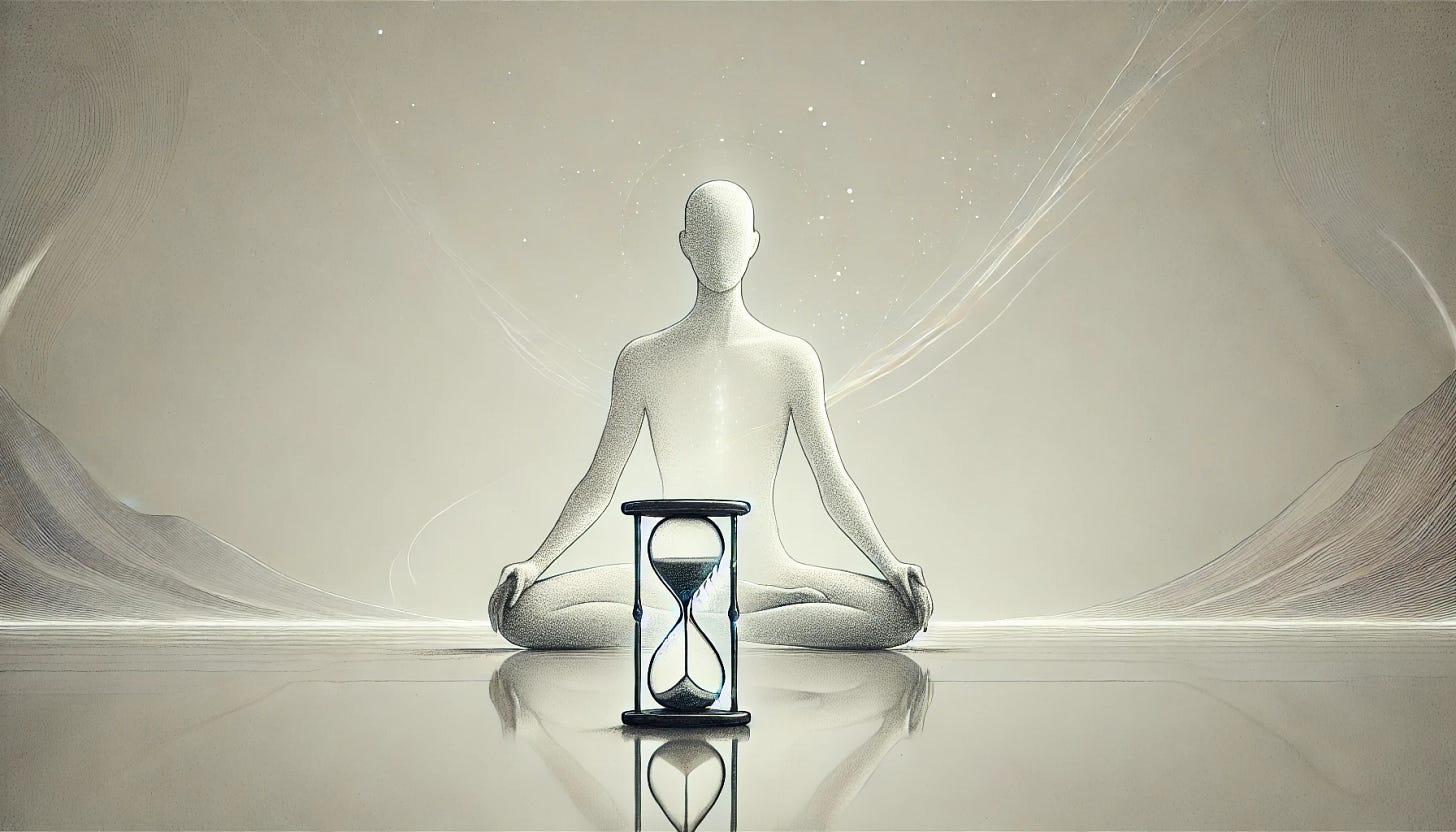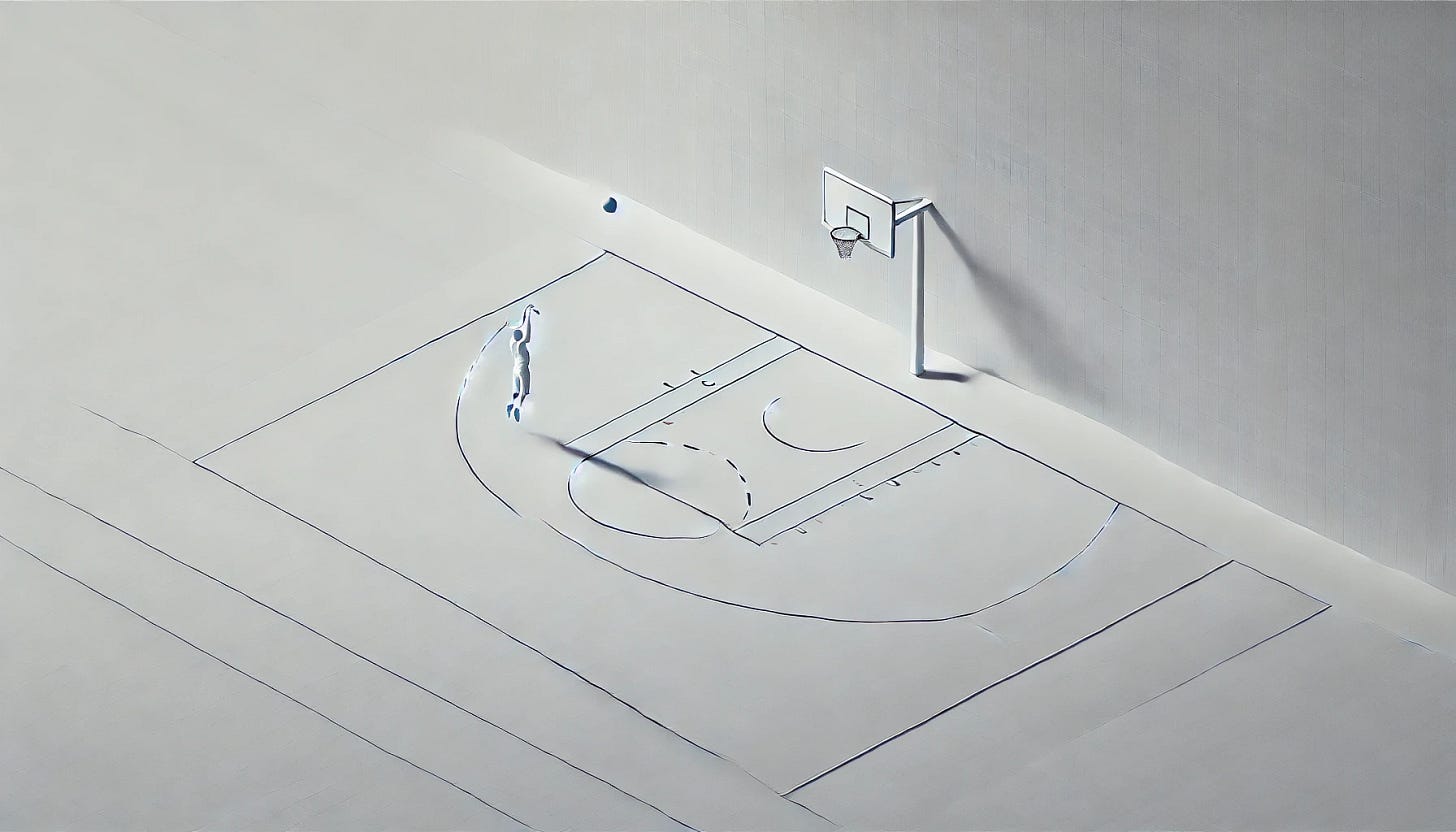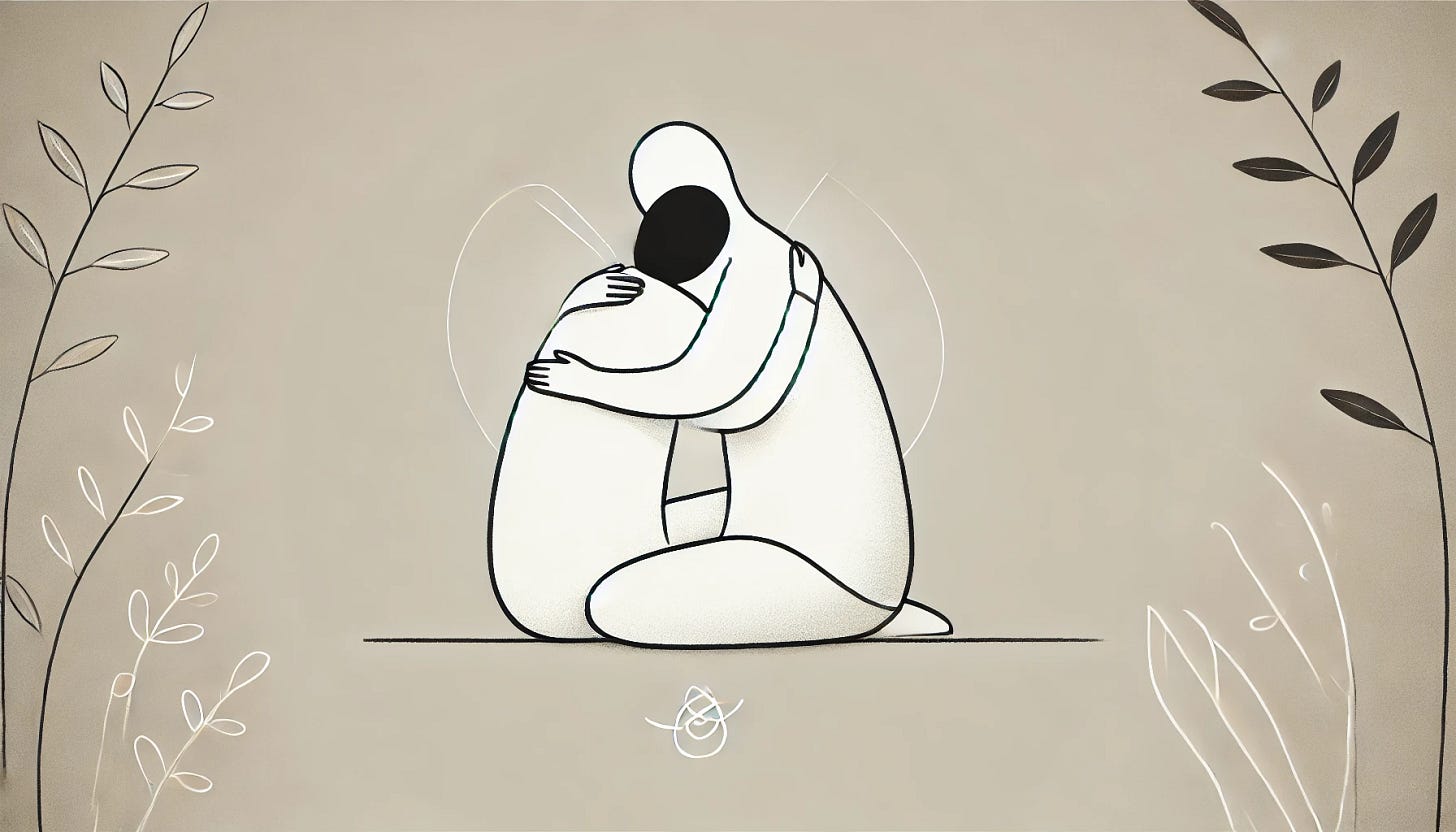Consistency = Active Patience
Sutra 14: Sa Tu Dīrghakāla Nairantarya Satkārāsevito Dṛḍhabhūmiḥ — Practice becomes firmly grounded when well attended to for a long time, without break and in all earnestness.
I’m not going to lie to y’all, in many ways, this sutra totally invalidates me writing all this stuff about yoga 🤣
I’ve only been “doing” yoga for a handful of years. So what the hell do I really know?
When I was 15, my sister taught me a basic Sun A as a way to stretch before school, so I’ve known the basic movements for about half of my life at least. But the underlying philosophy is one I only began learning about in 2017 when I first started going to MOSAIC in downtown San Diego and did my initial teacher training.
I haven’t read every book about yoga, and I honestly don’t plan to, either. There are moments when learning someone else’s perspective on a thing is useful for figuring out how to make a skillful approach towards it. But there is also just “the thing” underlying those thought forms, and time to be spent with it, instead of thinking about it.
That being said — if there is just one book about yoga that you read in your life, make it these Yoga Sutras of Patanjali by Sri Swami Satchidanada.
Structured as “threads” (which is a literal translation of sutra) these short lines of wisdom weave together to encapsulate, to the best degree possible, the profundity of what we just call yoga in the modern world.
And yet, each stands on its own as a guide down into the heart of this practice.
Herein lies a beautiful metaphor for understanding yoga:
Studying the sutras or doing a vinyasa flow is less about the totality of the work, and more about finding individual moments that bring you back to the core of who and what you truly are.
There are 500+ sutras. Good luck memorizing them all.
There are 24 hours in a day. Can you do it the whole time?
The thing to recognize is that we are ultimately limited beings. We can only be in one pose at a time! Our words must be spoken one-by-one to be coherent, and the only way to get anywhere really is putting one foot in front of the other.
The problem is that it’s really easy to fall into patterns of thought and action where we forget these aspects of our human experience.
We spend a lot of time picturing our idealized lives…visualizing what it’ll be like when we’ve finally graduated, been promoted, gotten married, had kids, sent them to college, retired financially secure, traveled to every country, read through the whole library of congress, and are famous on every social media platform so that everyone has to listen to us every time we speak.
How realistically do you tend to estimate the time it will take to achieve all the goals in your life?
I know I’ve personally had to spend some time unraveling my tendency to wildly underestimate the time it will take me to achieve something, whether in work contexts or in the scope of my life plan. I’d see some attractive new skill, topic, or project beckoning to me, and quickly forget about all the other unfinished ones sitting on my metaphorical (or sometimes literal) desk.
Goals are great, and so are new ones (most of the time). But we ought to remember that the elements needed to achieve them are only ever encountered in the present moment.
You might be saying: “I don’t see a paid off mortgage in front of me right now, so how could that be in the present moment?”
But the reality is that the time is always now. It’s “now”, now, and when you are looking at a paid off mortgage in front of you, it will also be “now”, then.
It’s a irony we must all confront at some point that in terms of reaching your goals, the better question to be asking yourself is not “how do I get there” it’s “how do I make the most of what’s here”.
Even if that crucial moment hasn’t arrived, like the ball being thrown to you at the three-point line as the clock approaches zero, the best way to prepare for it is cultivating the mentality that you expect to need in that moment, right now.
Spoiler alert: it’s total absorption. Full presence. No preoccupation with result.
The player that hits that shot isn’t the one that worries about missing it, it’s the one that doesn’t think twice. They just shoot. Of course they care about whether or not it goes in, but they’ve spent so much time refining their shooting motion that when the opportunity arises they don’t have to consciously think, they simply do.
I’ve said before that I don’t feel good about using the term “yoga teacher” since I really don’t think of what I’m doing as teaching…but “yoga guide” or “some dude talking to you for an hour” doesn’t quite have the same ring, I guess.
I remember during yoga teacher training many students, including myself, expressed insecurity about getting up in front of a class and “teaching” yoga. How does one go from complete rookie to that teacher up there speaking as if they know what they are talking about? It felt like a chasm, impossible to cross except for those with little social anxiety or those willing to look like a complete fraud.
But our instructors simply said: “we teach from where we are at” — meaning, everyone has something to teach.
It really doesn’t matter how long you’ve practiced asana or known about yoga philosophy…if you’ve been alive on this planet for more than a few years, you know something about being human. And that’s all this practice is really about.
It’s not about accrual. You don’t get a ribbon for finishing your first flow, and you don’t instantly become an expert when you finish your thousandth.
In fact, it’s about holding onto less.
The breath and the movements serves as objects to train our attention on for a period of time. So we simply try to preoccupy ourselves with just those things for a while.
Whether or not you end up being able to touch your toes is beside the point. Can you take that mentality of pure focus and presence with what you’re doing to the other areas of your life? That’s the real question to be asking.
When your toddler is screaming at you for taking away the crayons they were eating, how resilient is the recognition that your true aim is to love and care for them? It’s easy to forget about being a channel of peace for the world when someone cuts you off in traffic. If someone you love is diagnosed with cancer, does fear and anxiety chase away the calmness and grounded you could otherwise have provided in service them?
The mindset that keeps you present with the most important and challenging moments in life is more likely to be a subtraction than it is a sum.
So when you read Patanjali’s words:
Practice becomes firmly grounded when well attended to for a long time, without break and in all earnestness.
Remember that nobody is keeping score on how much yoga you do.
Mastery necessarily takes time. There is no shortcut to be found, because there isn’t really even a path.
One of my favorite quotes is from author Kahlil Gibran in his work, The Prophet
You are the way and the wayfarer.
Try to think of yourself less as someone practicing yoga, and more just as someone.
The more consistently you choose to show up to that underlying substrate of your human experience, the less your patience will seem like an imposition.
Stop waiting for something to happen, or wishing you were better at life than you seem to be — just start living it.
We work from where we are at, right? If a posture is taking you out of your breath, you back out, adapt the form, and then get back to work.
From that space, in which we can be fully present with the challenges that arise come as they may, is where the roots begin to drive down deep.





